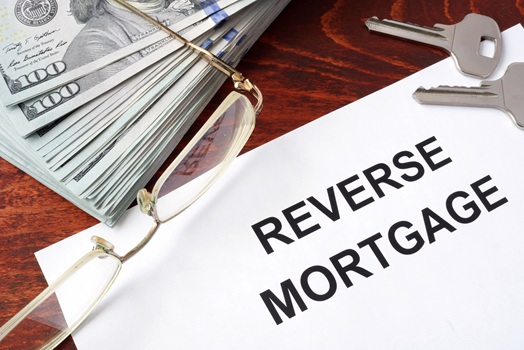
Reverse mortgages can be powerful financial tools for homeowners who want to make the most of their home equity in retirement. By tapping into the value of your home, you can access funds without the pressure of monthly loan payments.
Depending on your goals, you might choose a lump sum, monthly payouts, or a flexible line of credit. Interestingly, financial planners are increasingly highlighting the line of credit option because of its unique growth potential.
How Reverse Mortgages Work
With a reverse mortgage, you borrow against your home’s equity while continuing to live in it. Unlike a traditional Home Equity Line of Credit (HELOC), you are not required to make monthly payments to the lender, although you still need to cover property taxes, insurance, and maintenance. The loan is repaid when you sell the home, move out permanently, or pass away.
One standout feature is that the line of credit cannot be frozen or cancelled by the lender. This ensures you always have access to funds as long as the loan remains in place and the home is your primary residence. This flexibility is especially valuable during unexpected market downturns or personal emergencies.
Using Reverse Mortgages as a Retirement Buffer
Opening a reverse mortgage line of credit earlier in retirement can serve as a financial safety net. For example, during years of market volatility, retirees can use their line of credit instead of withdrawing from investments at a loss. This strategy helps preserve long-term portfolio growth and reduces what financial experts call “sequence of returns risk.”
When markets recover, you can pause or reduce withdrawals from the reverse mortgage and rely on your investments again. This strategic use of home equity can make a meaningful difference in maintaining financial stability over time.
Growing Your Available Funds Over Time

Reverse Mortgage in Charleston SC
Another key advantage of taking out reverse mortgages in Charleston SC sooner is the growth feature of the line of credit. As time passes, your available credit increases, providing more funds to access later in retirement. This benefit is particularly attractive when interest rates are low because it allows the line of credit to expand even faster.
In practice, this means that opening a reverse mortgage early, even if you do not immediately need the money, gives you a valuable resource that becomes more powerful as you age. By the time you need the funds, the available credit may be significantly larger than when you first opened the loan.
Understanding the Non-Recourse Advantage
Most reverse mortgages today are Home Equity Conversion Mortgages (HECMs), insured by the Federal Housing Administration. A major benefit of these loans is the non-recourse feature. This means that no matter how much your loan balance grows, you will never owe more than the value of your home at the time of sale.
For retirees who live longer than expected, this can be a significant financial safeguard. Even if the loan balance eventually exceeds the market value of the home, the lender cannot require payment beyond the home’s worth. This feature provides peace of mind and helps protect other assets for your heirs.
South Carolina Reverse Mortgage Services provides trusted guidance to help homeowners evaluate whether a reverse mortgage aligns with their long-term financial plans. With professional insight, you can structure your loan in a way that maximizes both flexibility and security.
Call South Carolina Reverse Mortgage Services now to explore how a reverse mortgage can strengthen your retirement strategy. Access your home equity with confidence and enjoy the freedom to manage your finances on your terms.

No comments:
Post a Comment